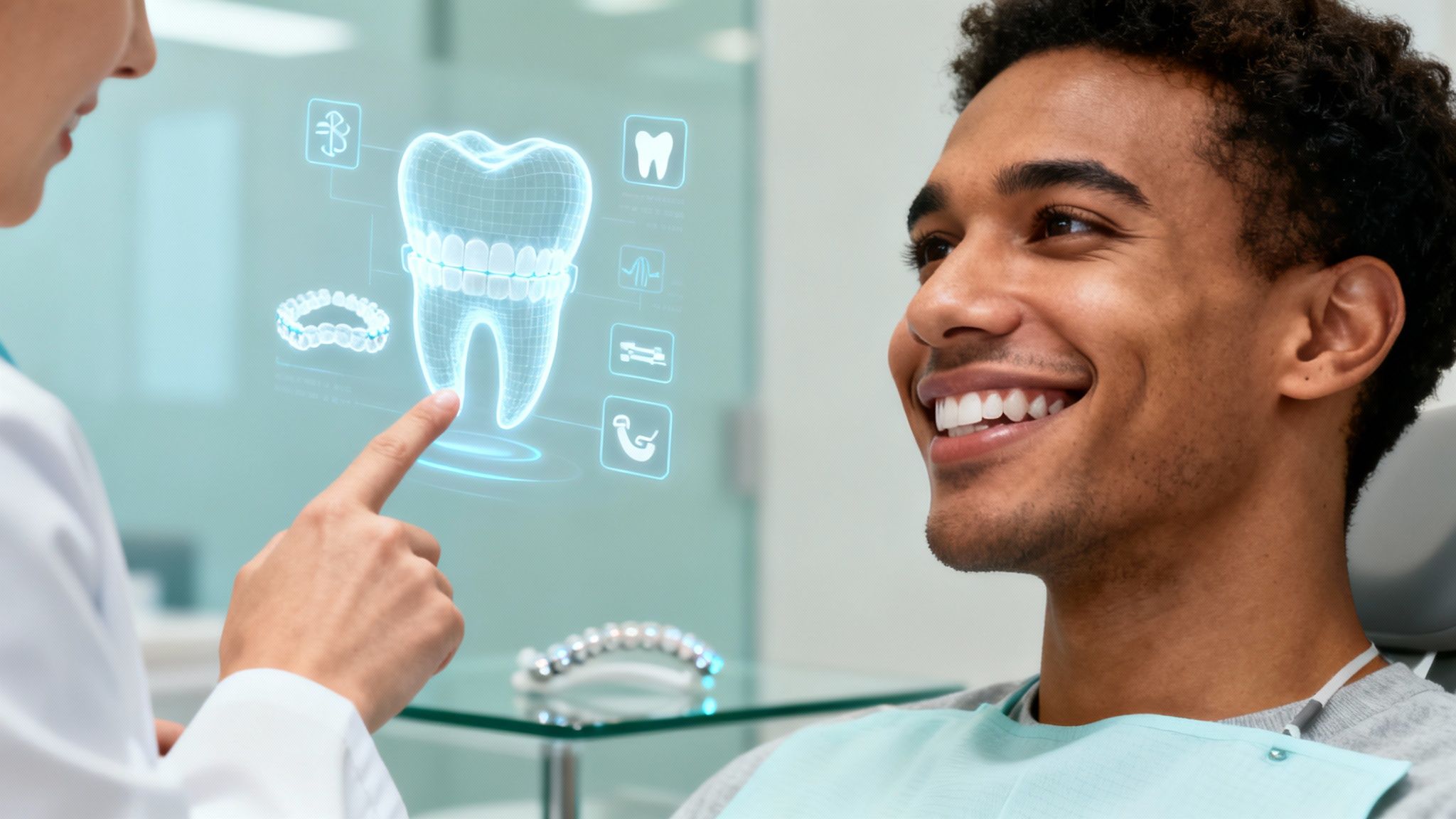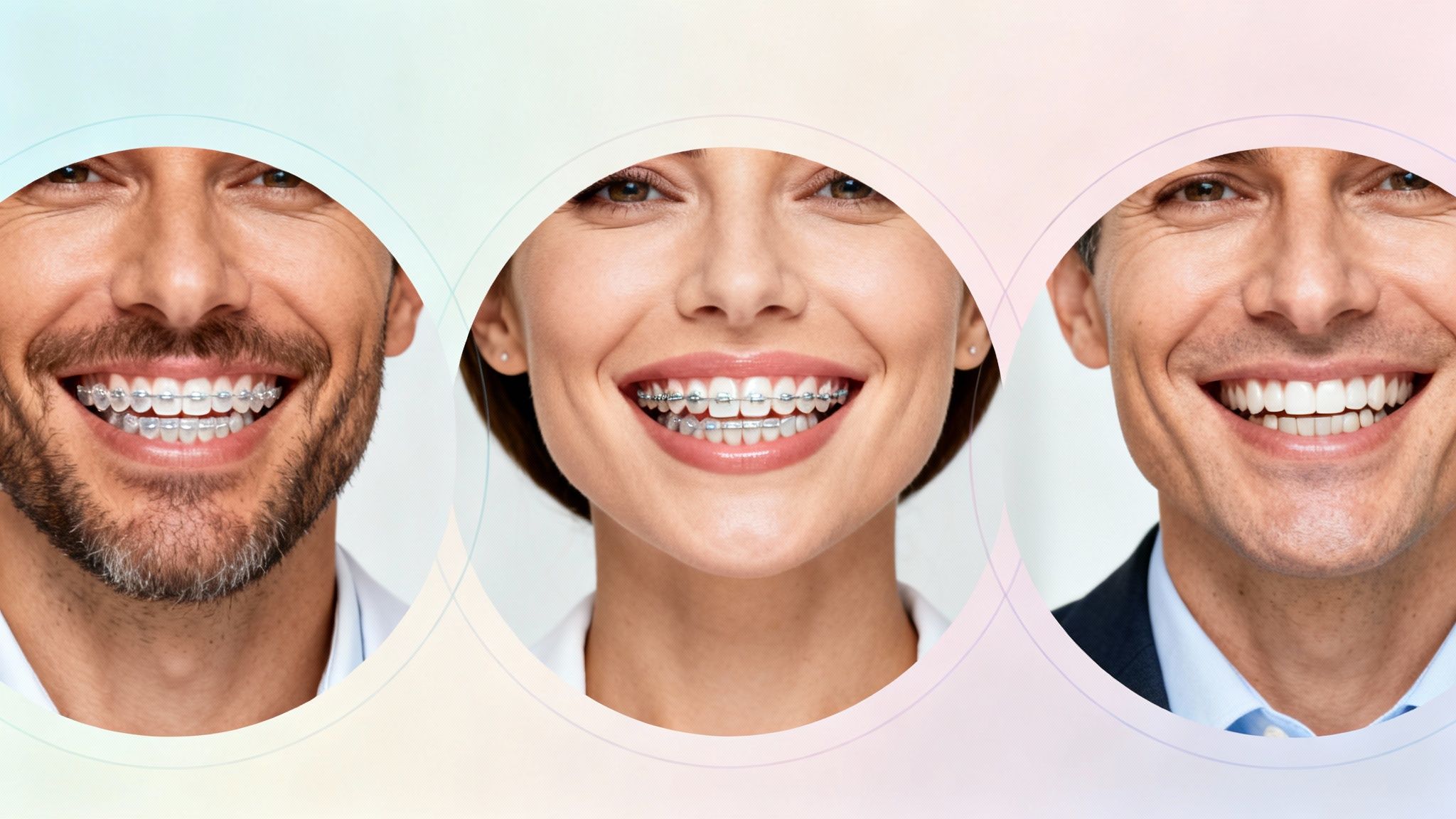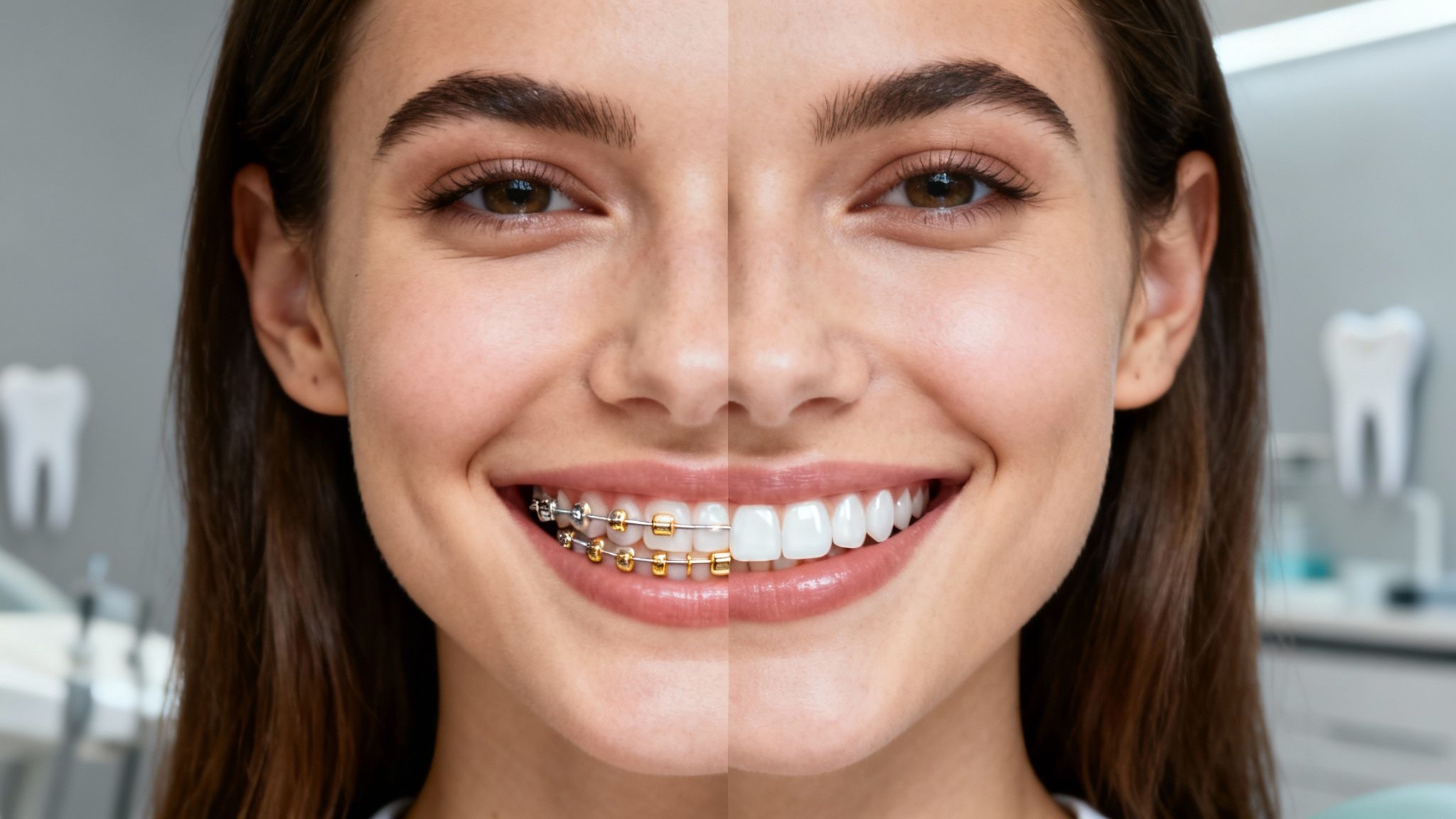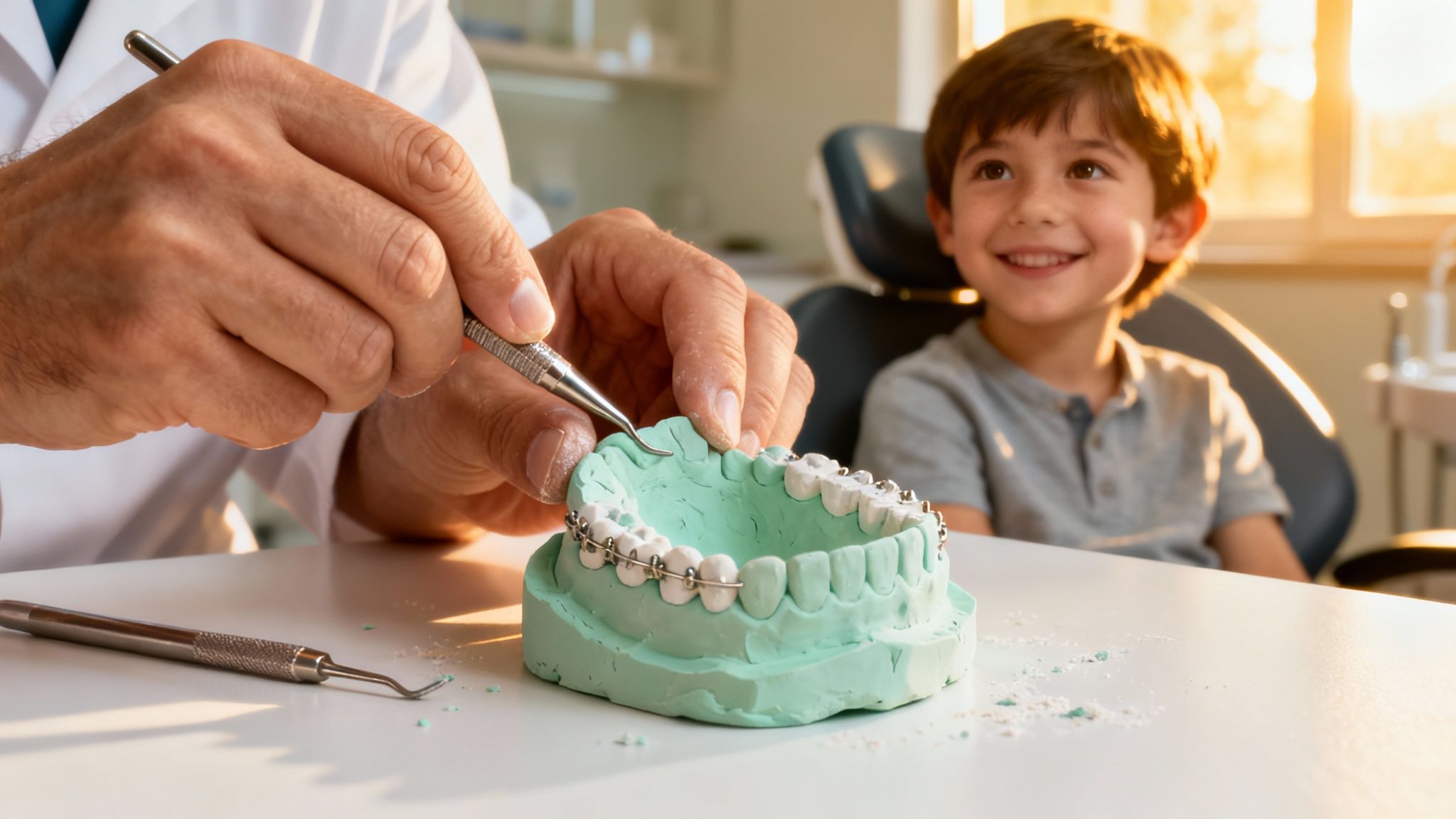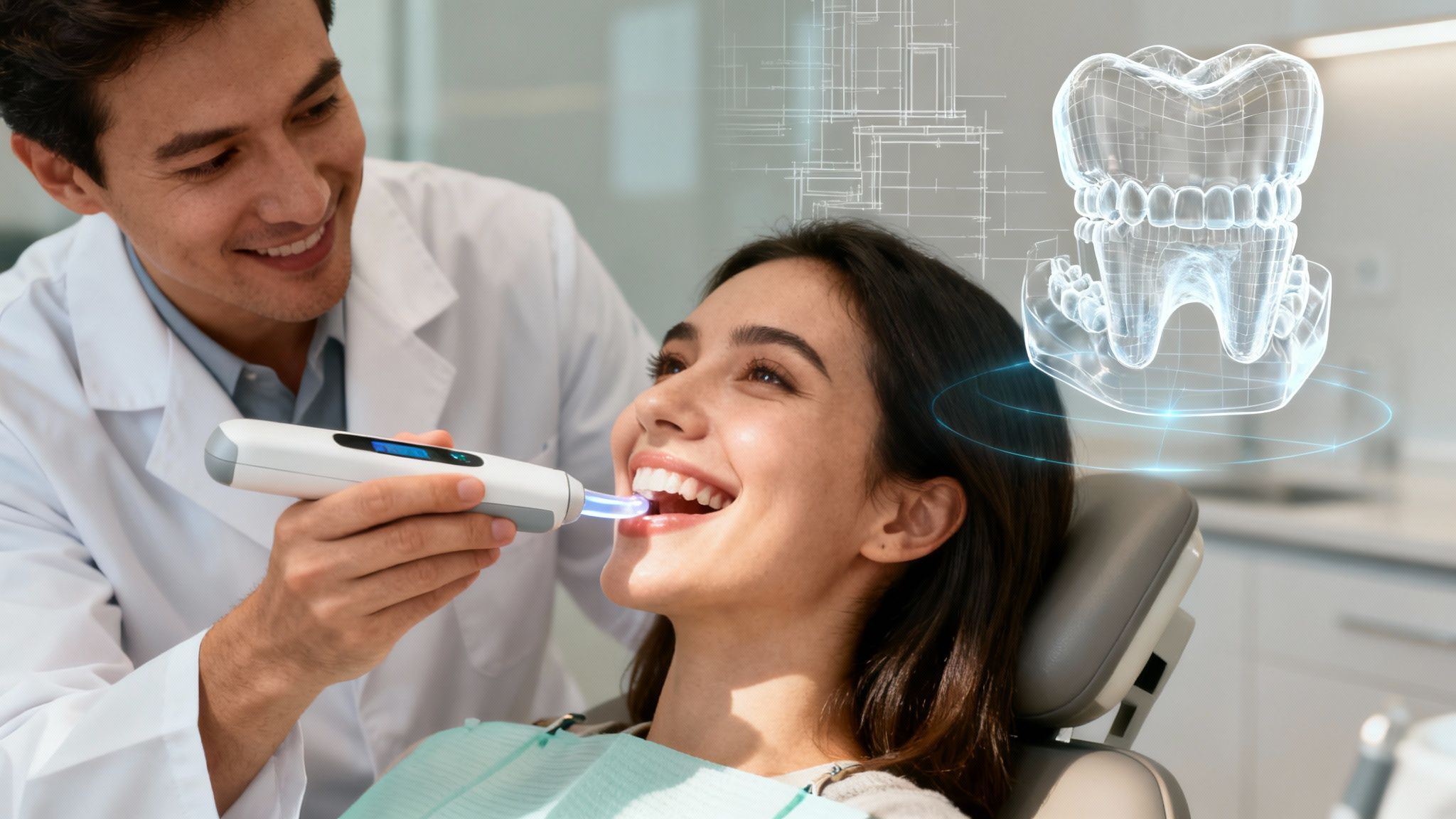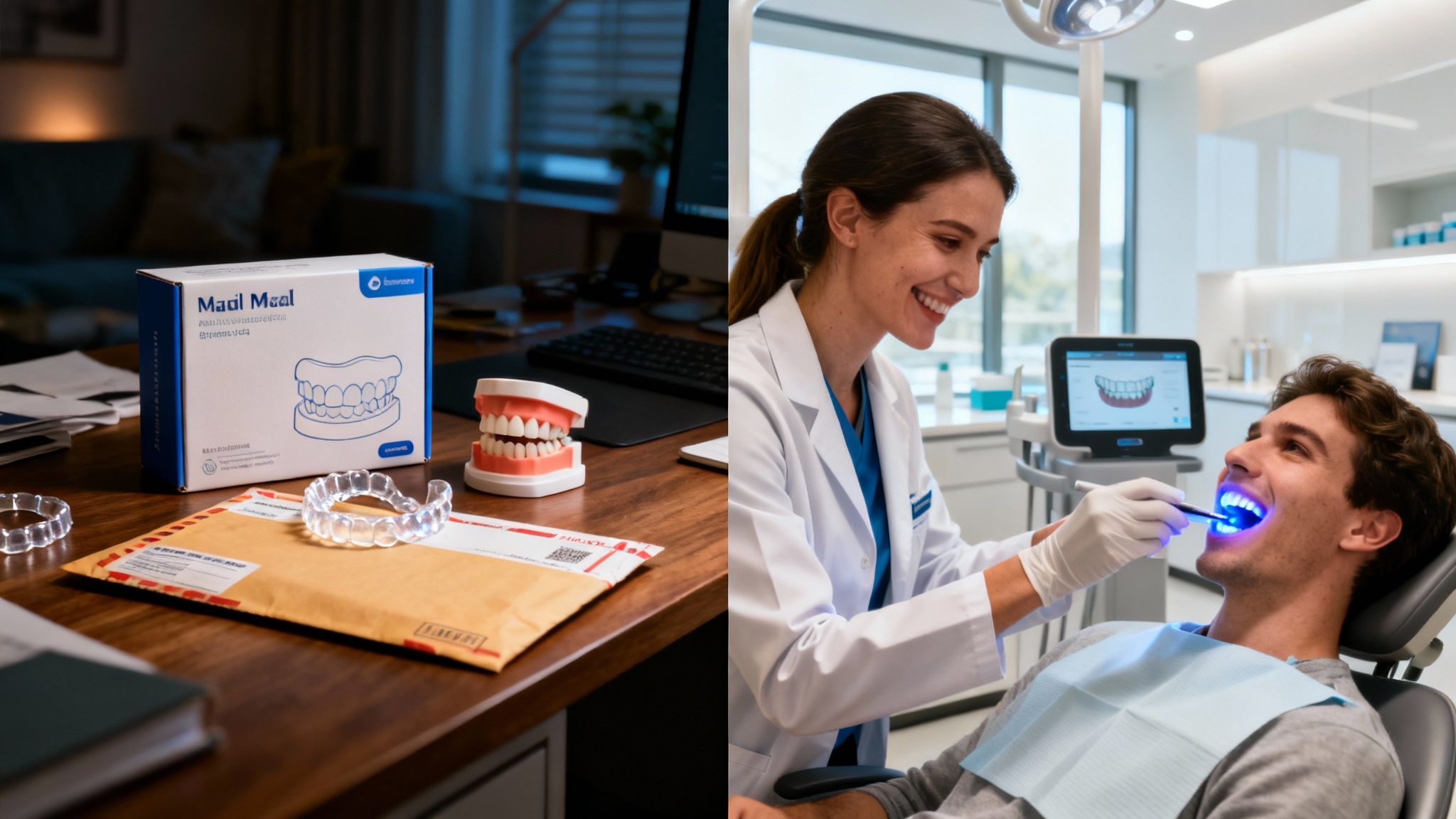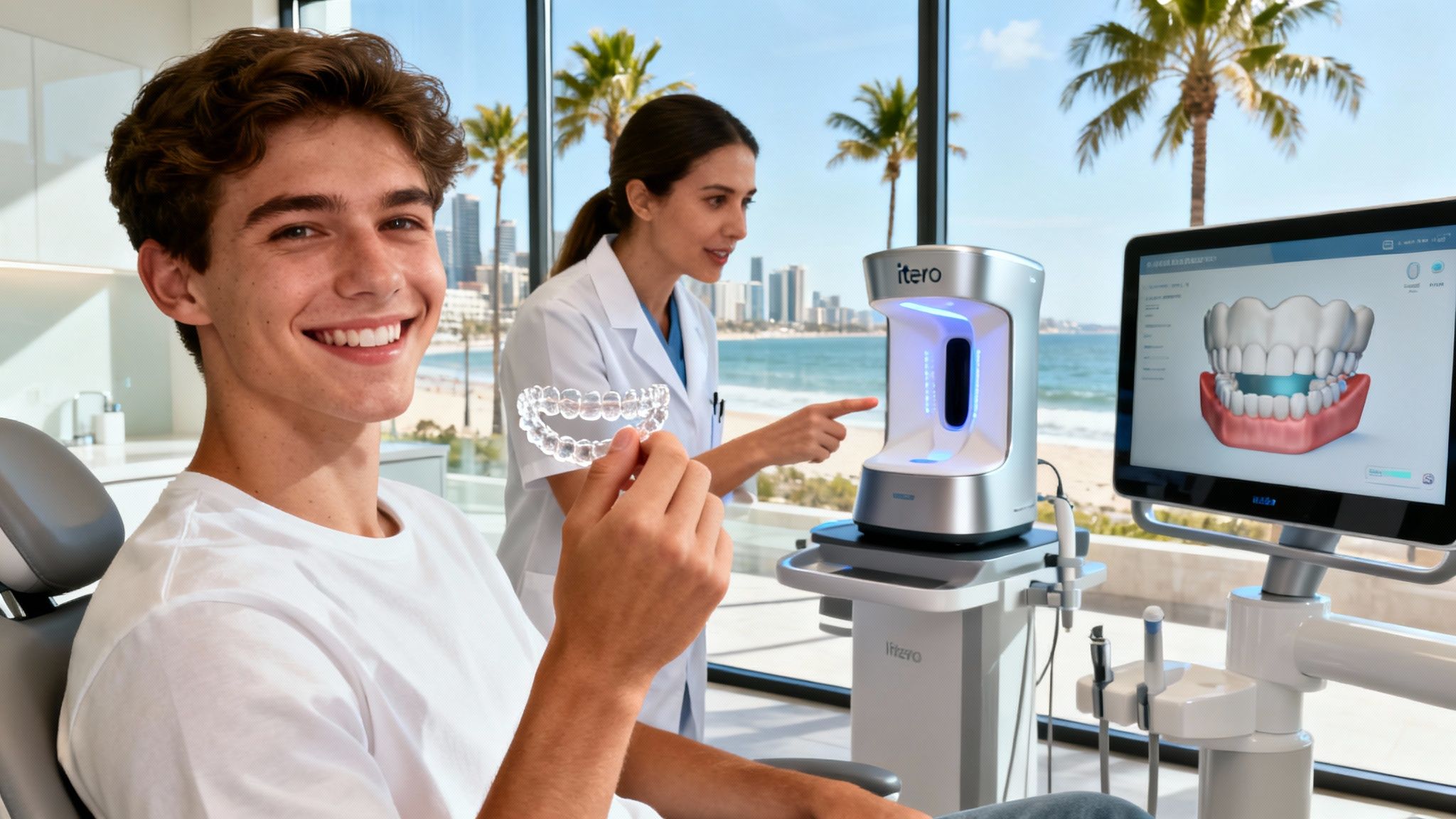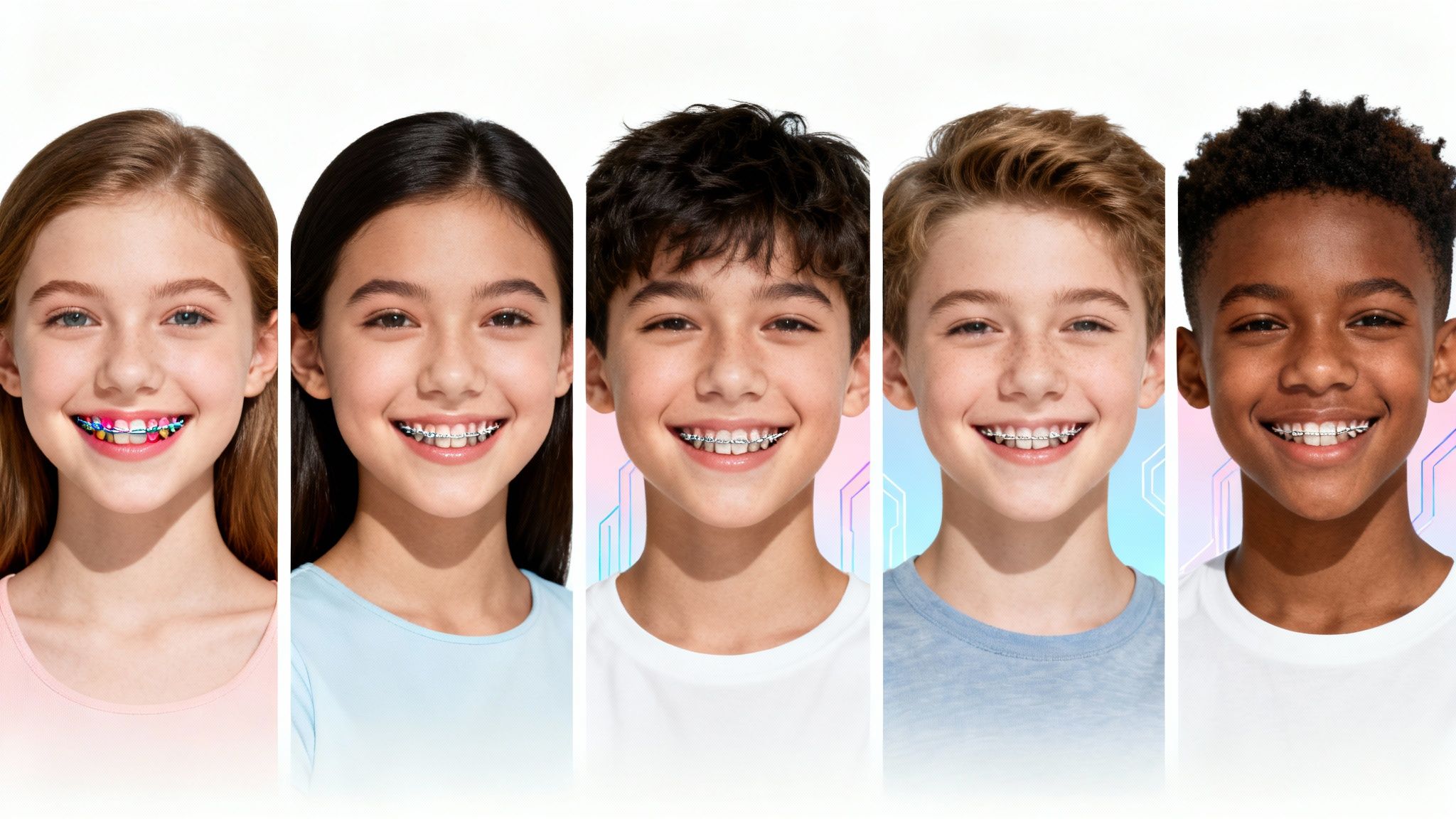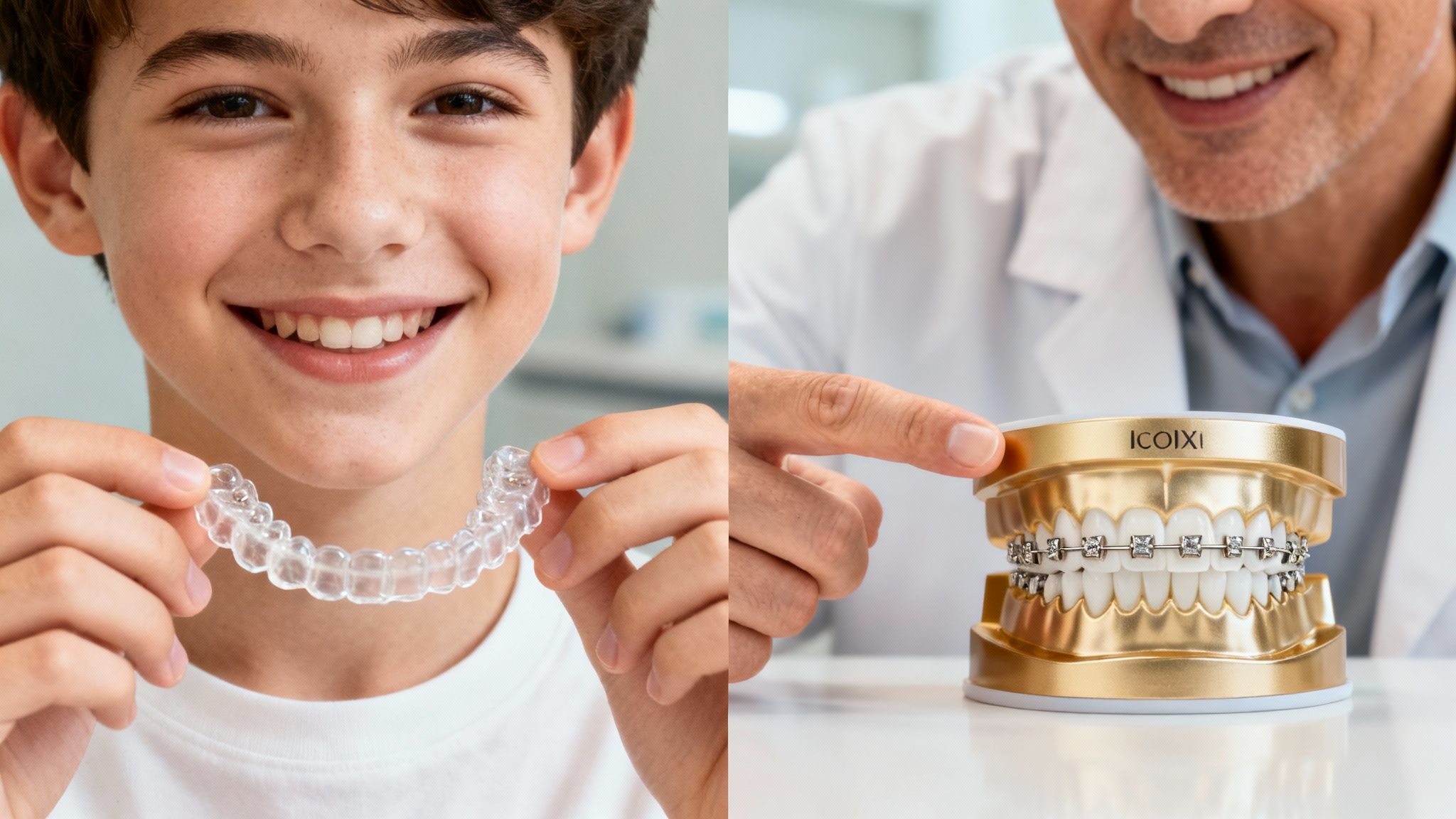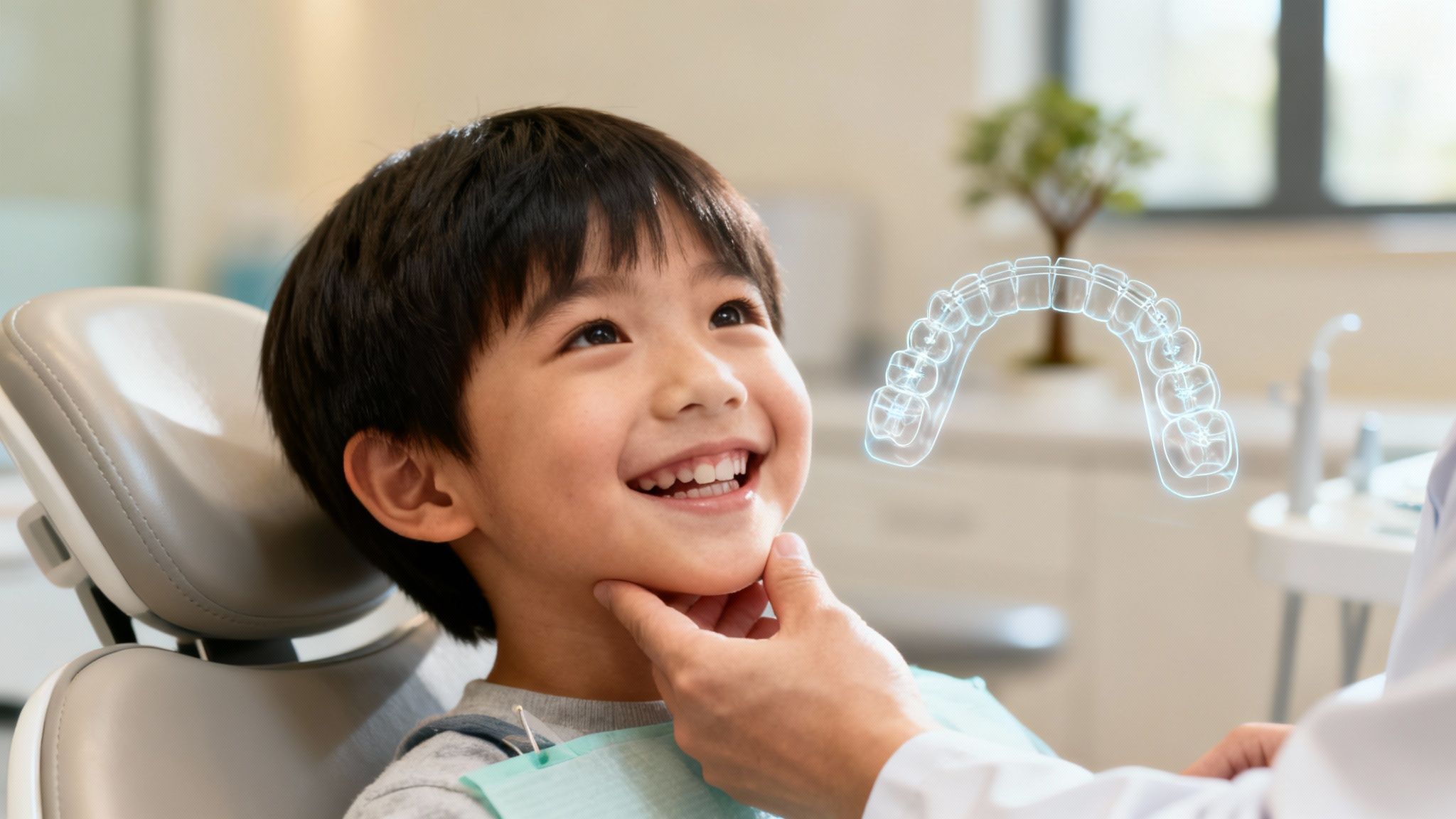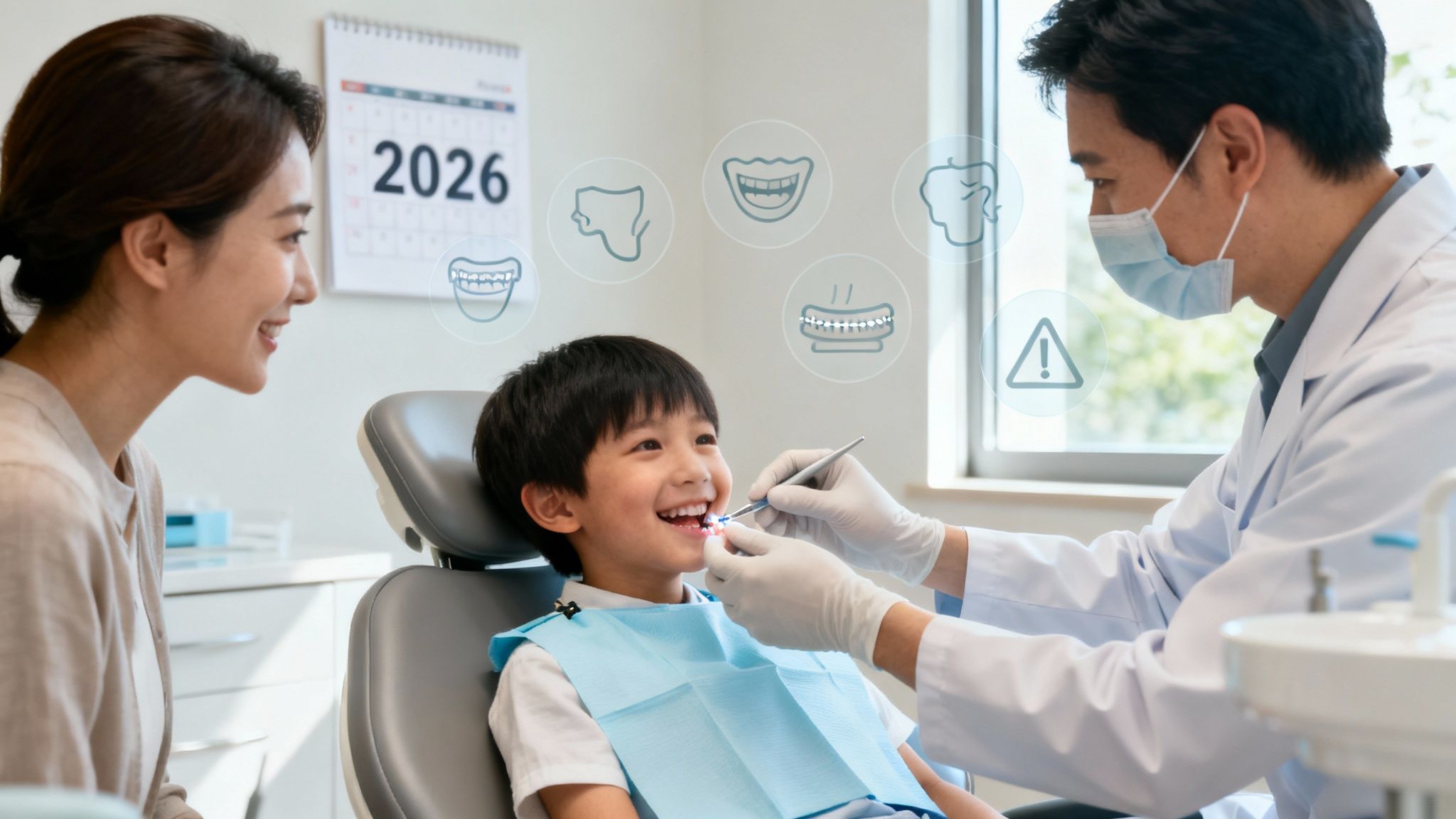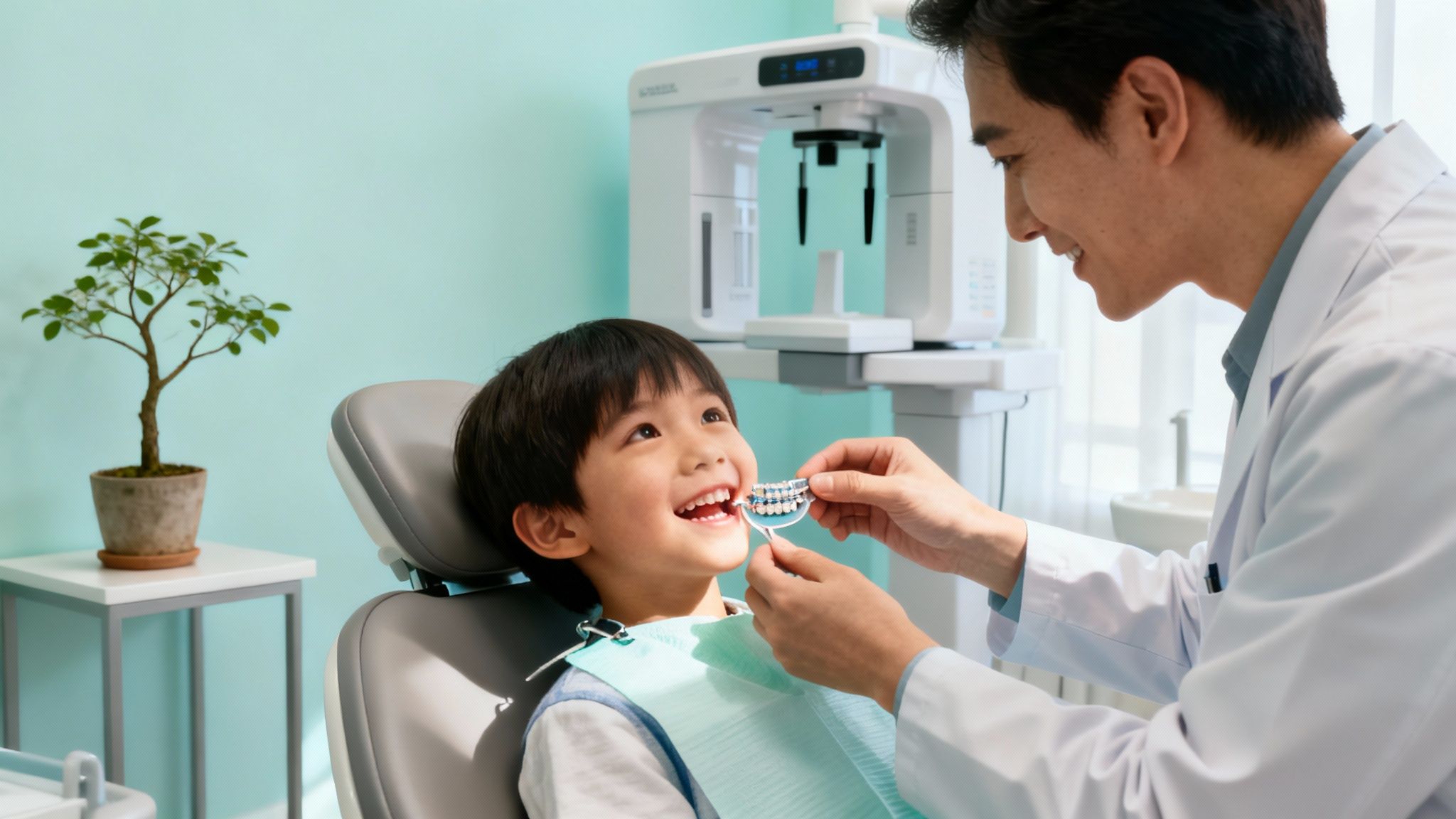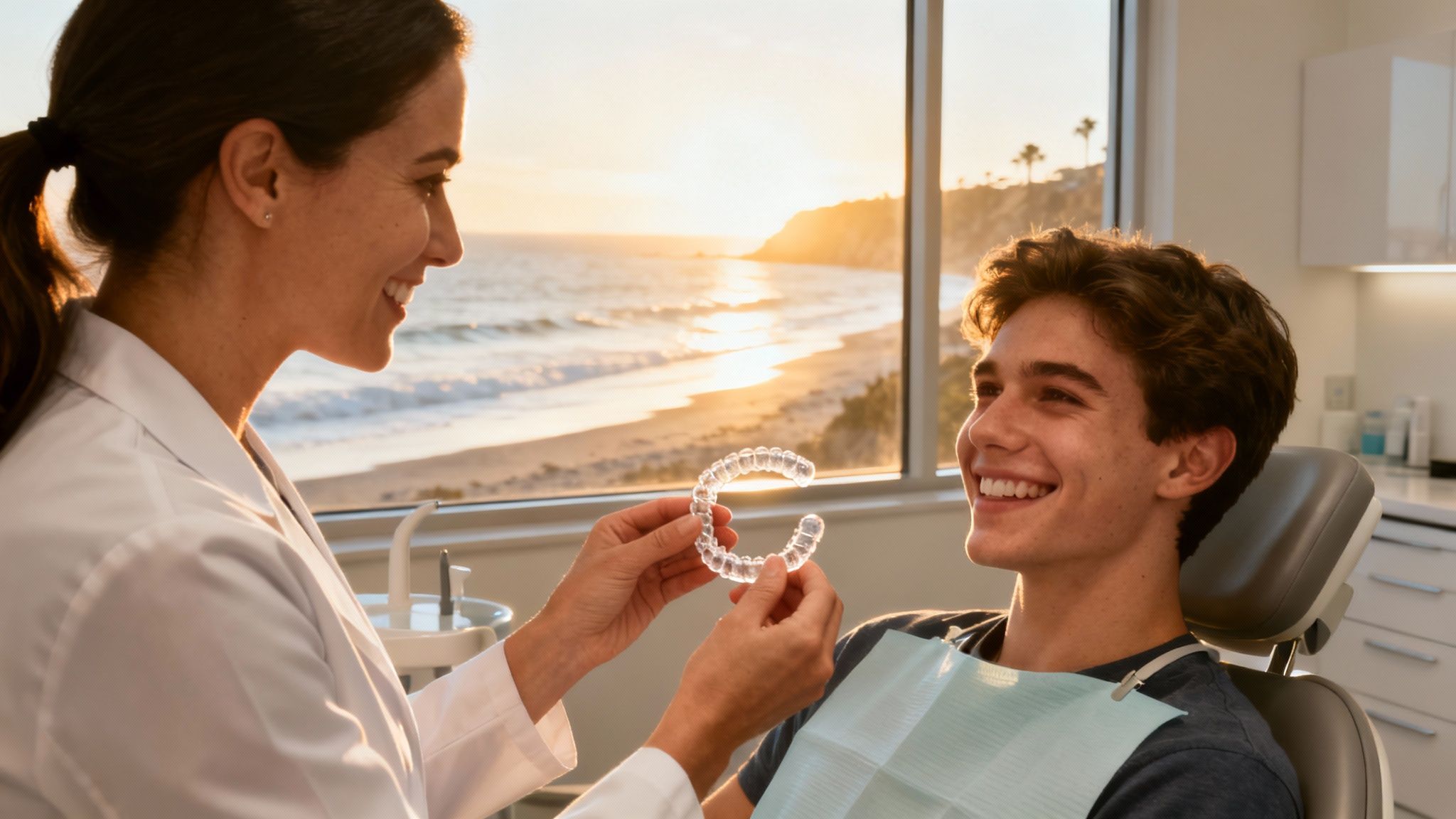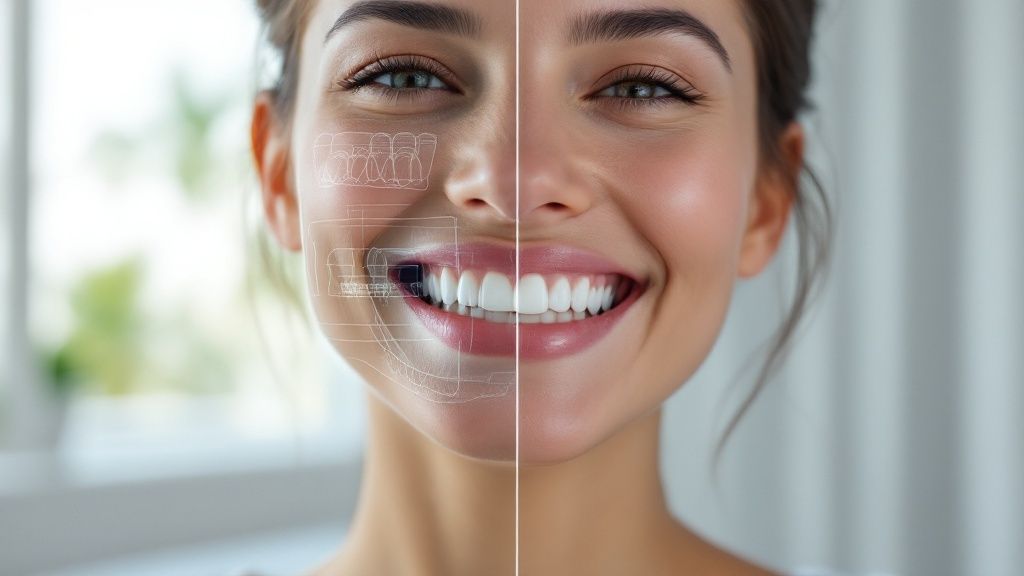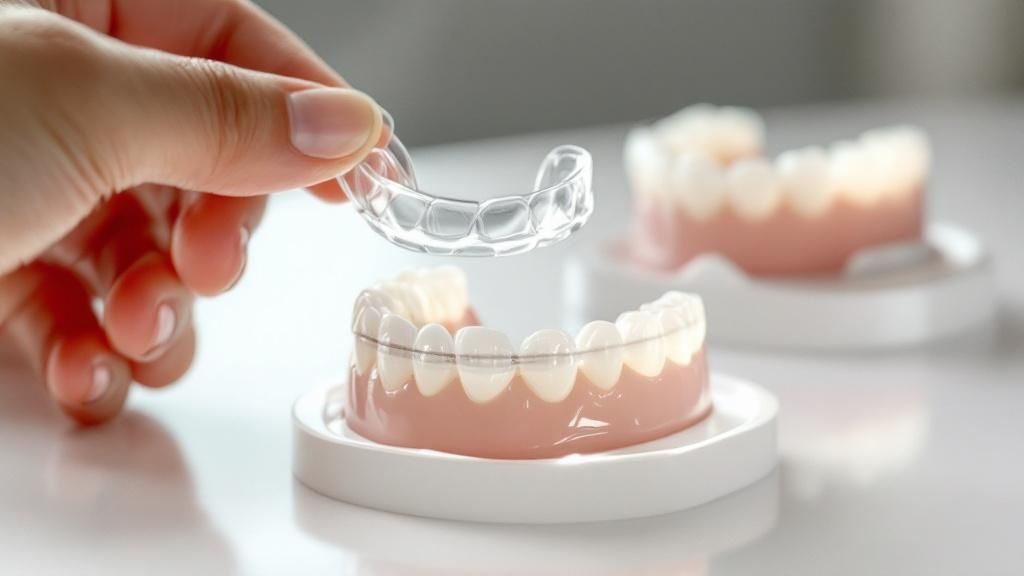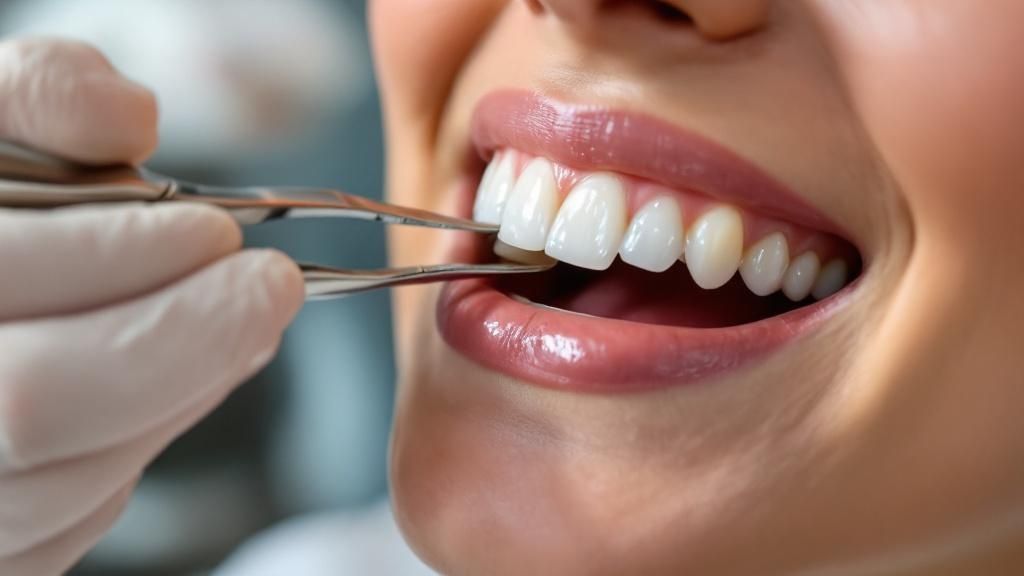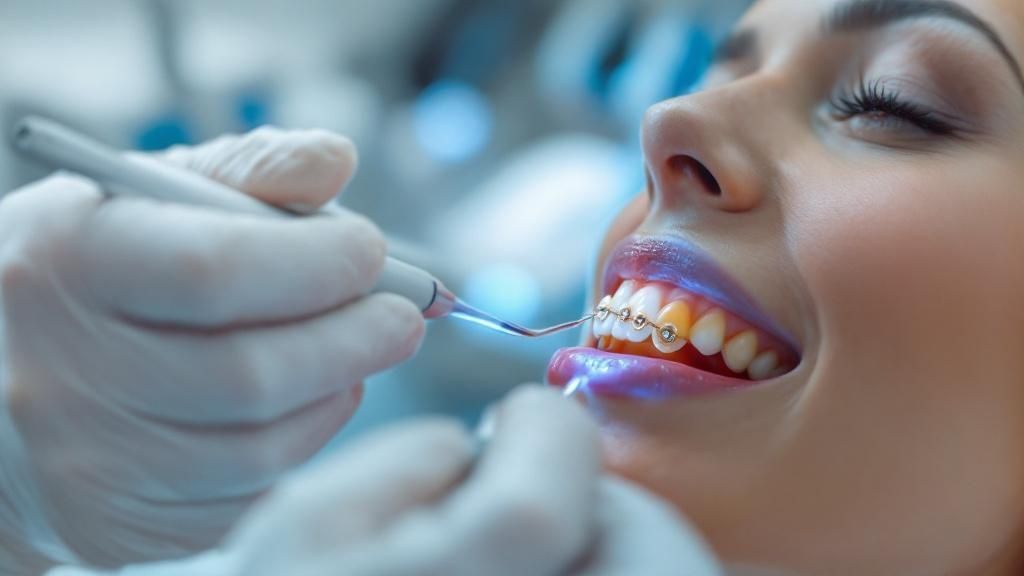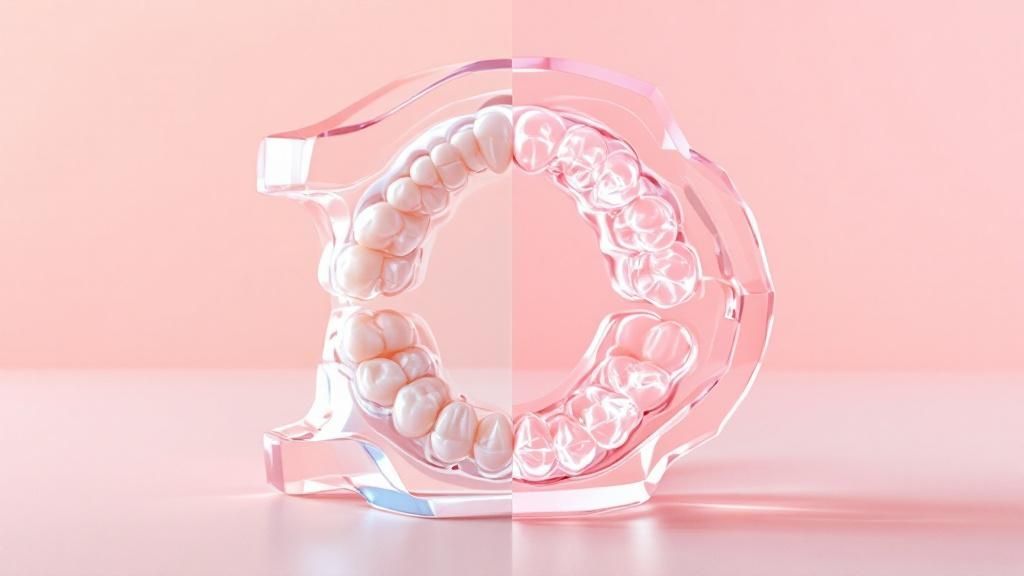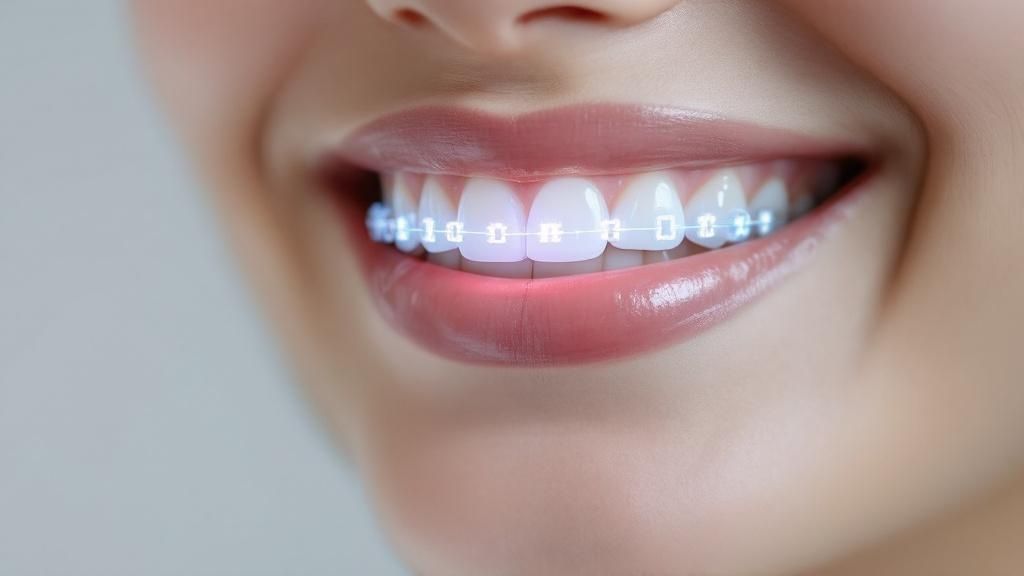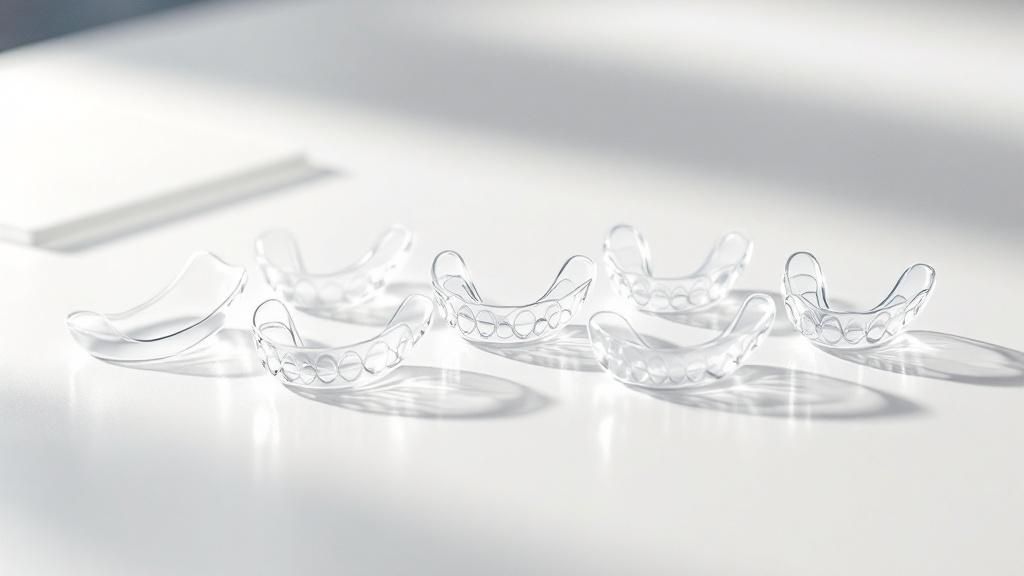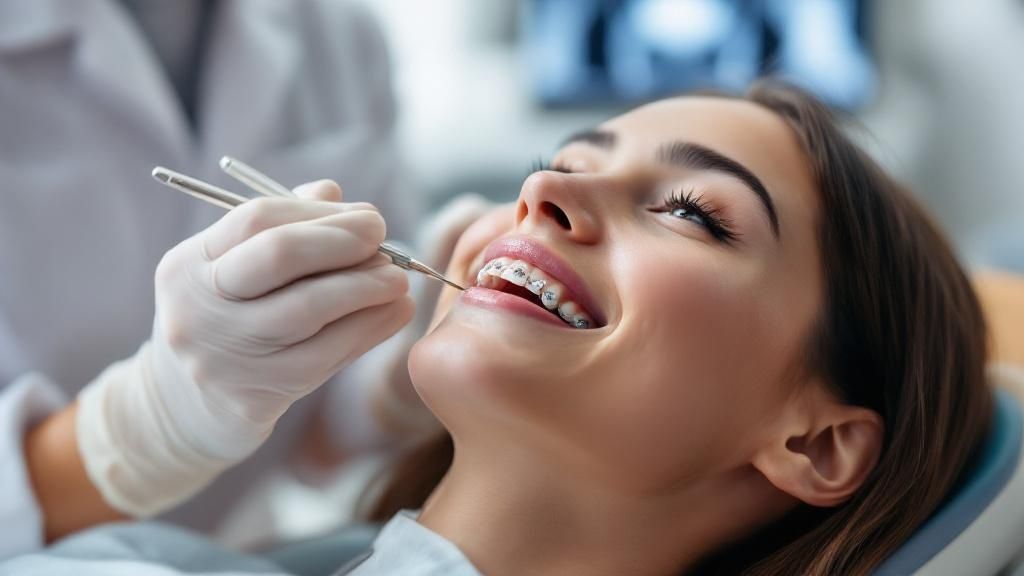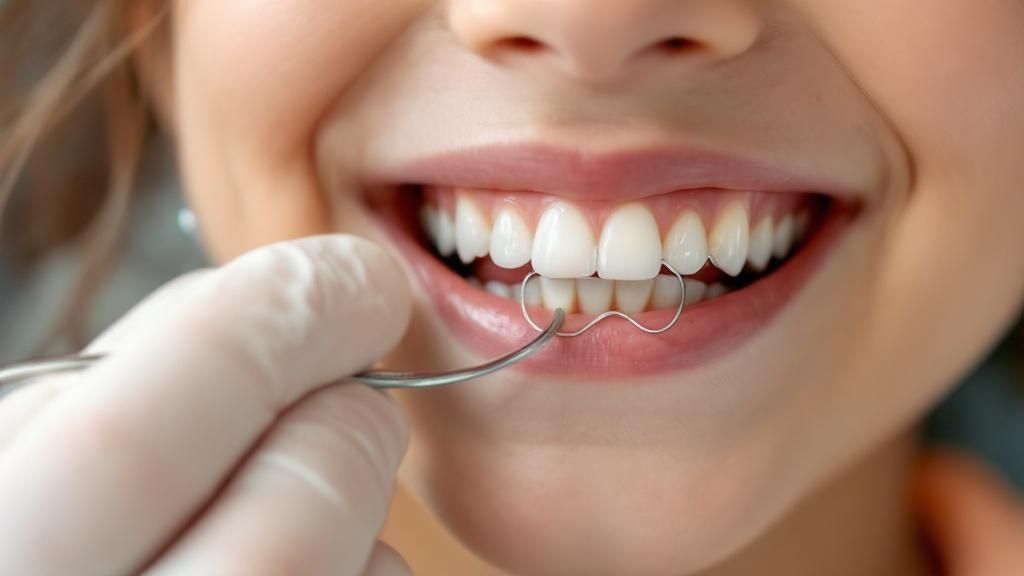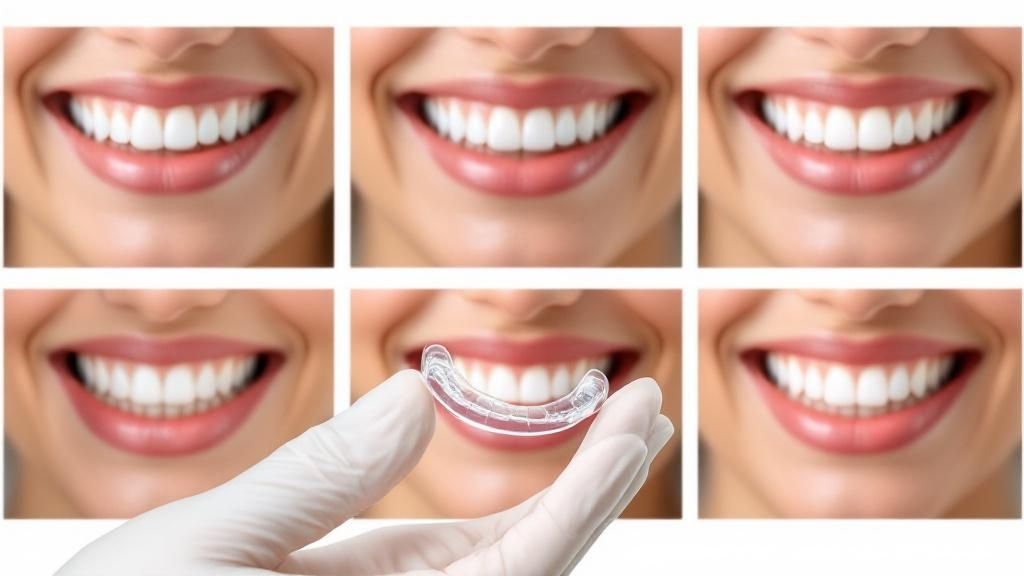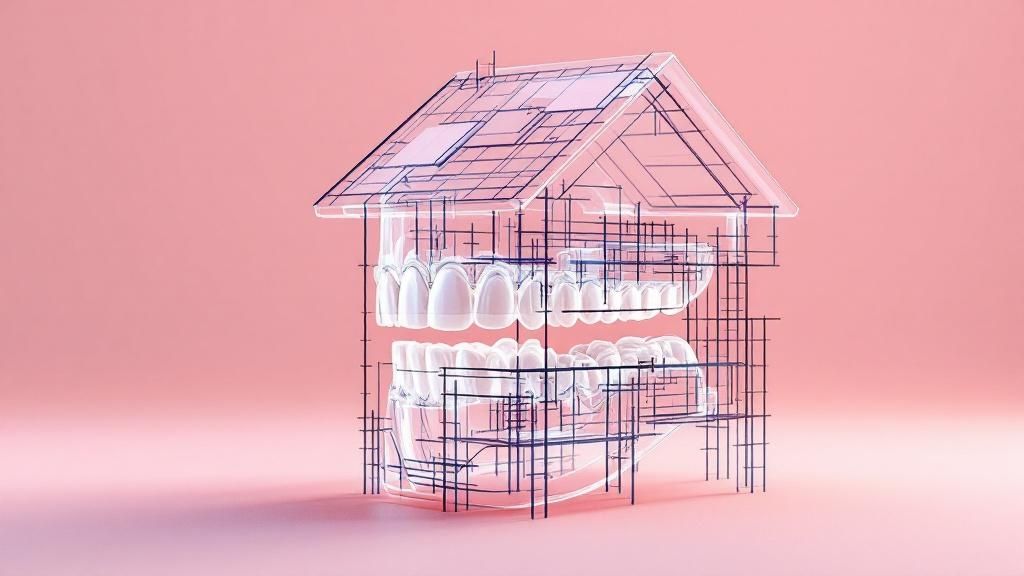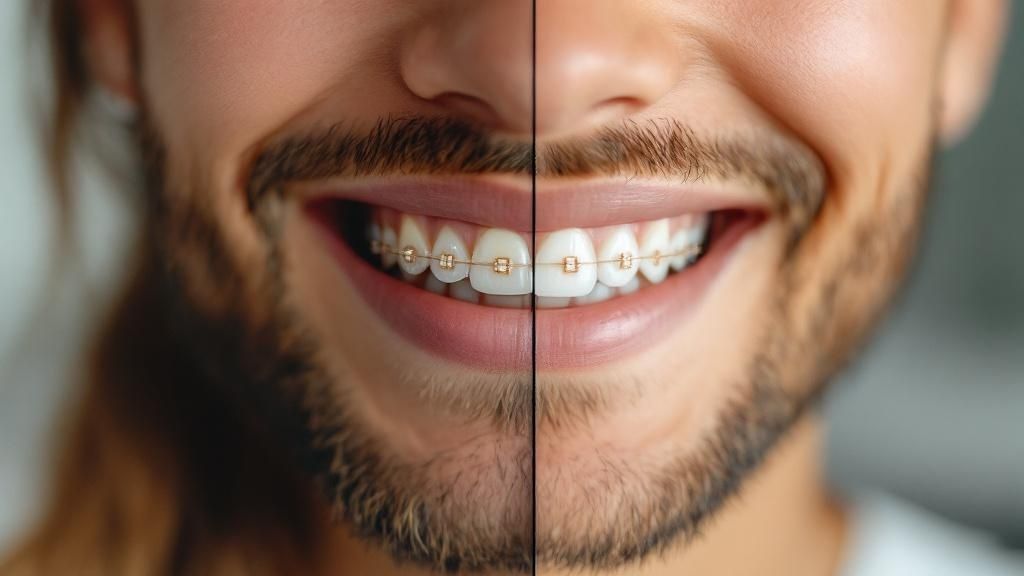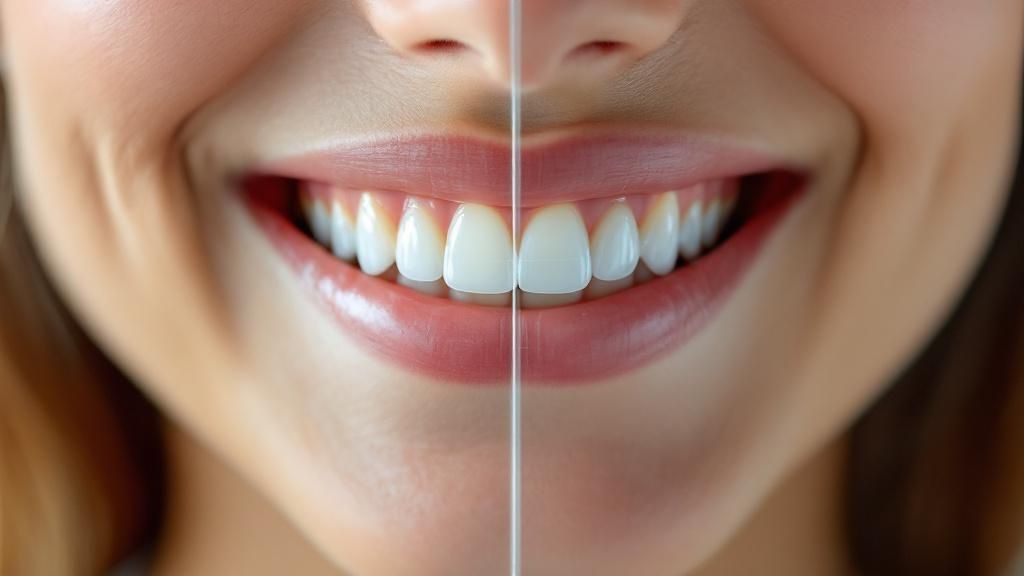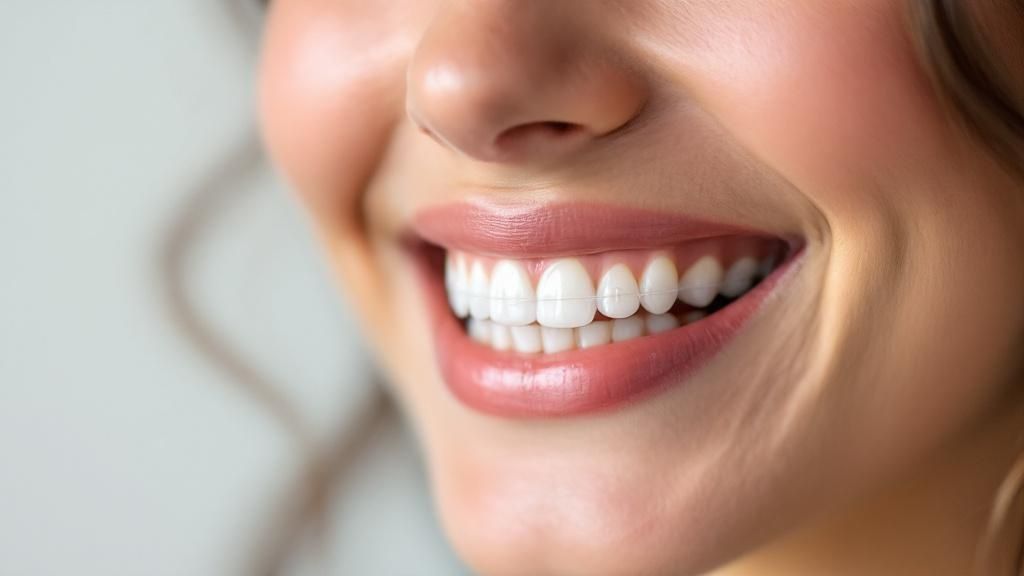
Understanding Dental Care - Exploring Differences, Training, and Deciding When to See an Orthodontist vs. a Dentist
Dental care plays a crucial role in maintaining oral health and ensuring a beautiful smile. However, many people may be unsure about the differences between an orthodontist and a dentist and when to seek the expertise of each.
Our blog aims to provide a comprehensive understanding of dental care, the key distinctions between orthodontists and dentists, their complementary roles, specialized training required by orthodontists, how to decide between the two, and the types of dental problems specifically treated by orthodontists.
Key Differences Between an Orthodontist and a Dentist
A dentist, also known as a dental surgeon, focuses on diagnosing, preventing, and treating various oral health issues. Dentists offer a wide range of services, including routine check-ups, cleanings, fillings, and extractions.
They are often the first line of defense in maintaining oral health and addressing common dental problems. Dentists play a crucial role in educating patients about proper oral hygiene practices and providing preventive care to avoid more serious issues in the future.
On the other hand, orthodontists are dental specialists who primarily deal with correcting teeth alignment and jaw irregularities. They undergo additional training beyond dental school to specialize in orthodontics.
Orthodontists are experts in designing and implementing treatment plans to straighten teeth, correct bites, and improve overall dental alignment. They use various orthodontic appliances such as braces, aligners, and retainers to achieve optimal results for their patients.
Dentists vs. Orthodontists: Roles and Expertise
While dentists and orthodontists both contribute to overall oral health, their areas of expertise differ significantly. Dentists typically provide general care to address immediate dental concerns, while orthodontists specialize in long-term orthodontic treatments for correcting teeth and jaw alignment issues.
Orthodontic treatment plans are often customized to meet the unique needs of each patient, taking into account factors like age, dental history, and desired outcomes.
It's important to note that many orthodontists also possess a degree in dentistry, making them capable of providing general dental care as well. This dual expertise allows orthodontists to have a comprehensive understanding of oral health and provide integrated care to their patients.
Patients benefit from the specialized knowledge and skills of orthodontists when seeking treatment for complex dental issues that require orthodontic intervention.
The Complementary Roles of Dentists and Orthodontists in Dental Care
The roles of dentists and orthodontists are highly complementary. Dentists serve as the first line of defense in maintaining oral health and preventing dental issues. They perform routine check-ups, cleanings, fillings, and extractions. Dentists also address common oral health concerns such as tooth decay, gum disease, and oral infections.
Orthodontists, while also providing general dental care, focus on more specialized treatments related to teeth and jaw alignment. They diagnose and correct bite problems, crooked teeth, overcrowding, and other dental irregularities that may affect a person's appearance, oral function, and overall dental health.
Collaborative Dental Care - Education and Treatment Techniques
By working together, dentists and orthodontists ensure comprehensive dental care that covers both general oral health and orthodontic correction.
It is important to note that both dentists and orthodontists undergo extensive education and training to become experts in their respective fields. Dentists typically earn a Doctor of Dental Surgery (DDS) or Doctor of Dental Medicine (DMD) degree, while orthodontists further their education with specialized training in orthodontics and dentofacial orthopedics.
Orthodontists use a variety of tools and techniques to straighten teeth and correct bite issues, such as braces, clear aligners, and retainers. They work closely with patients to develop personalized treatment plans that address their unique dental needs and goals.
Specialized Training Orthodontists Receive
To become an orthodontist, dentists undergo specialized training beyond their dental degree. After completing their dental education, aspiring orthodontists must complete a postgraduate orthodontics program, typically lasting two to three years.
This advanced training equips orthodontists with the knowledge and skills to diagnose complex orthodontic issues, create treatment plans, and implement orthodontic appliances such as braces, aligners, and retainers. Their specialized training enables them to address a wide range of orthodontic problems effectively and efficiently.
Orthodontic Training - Hands-on Experience and Craniofacial Studies
During their postgraduate orthodontics program, orthodontists-in-training work closely with experienced orthodontists to gain hands-on experience in treating patients with various orthodontic needs. This practical training allows them to refine their techniques and develop a deep understanding of the nuances of orthodontic treatment.
Orthodontists also study craniofacial growth and development as part of their specialized training. Understanding how the jaw and facial bones grow and change over time is crucial for orthodontists to anticipate and correct orthodontic issues in patients of different ages.
Deciding Between an Orthodontist and a Dentist
When to See an Orthodontist
When deciding between an orthodontist and a dentist, it is crucial to consider the specific dental issue or concern at hand. Generally, if the problem pertains to teeth misalignment, irregular bites, crowding, or jaw irregularities, seeking the expertise of an orthodontist is advisable.
Orthodontists are specialists in the field of dentistry that focus on the alignment of teeth and jaws. They undergo additional years of training beyond dental school to become experts in diagnosing and treating orthodontic issues.
Orthodontic treatment often involves the use of braces, clear aligners, retainers, and other appliances to straighten teeth and correct bite issues.
Check-ups, Cleanings, and Preventive Measures
For routine dental care, such as check-ups, cleanings, and minor dental procedures, dentists can provide comprehensive and adequate treatment. Dentists are also often the first to identify orthodontic concerns and may refer patients to an orthodontist for specialized treatment.
When visiting a dentist, they will assess your overall oral health, including the condition of your teeth, gums, and mouth. They can provide preventive care to maintain oral health and address any immediate concerns such as cavities or gum disease.
Dentists play a crucial role in educating patients on proper oral hygiene practices to prevent dental issues in the future.
Ultimately, consulting both a dentist and an orthodontist can contribute to optimal oral health and well-being. Dentists will ensure that your overall oral health is in check, while orthodontists address specific orthodontic concerns that may require long-term treatment and correction.
Types of Dental Problems Specifically Treated by Orthodontists
Orthodontists specialize in treating various dental problems associated with teeth and jaw misalignment. Seeking the expertise of an orthodontist can address a range of common conditions, improving both oral health and overall well-being.
One prevalent issue that orthodontists can effectively tackle is malocclusion. This condition involves a misalignment of the teeth and jaw, leading to an improper bite. Beyond the visible impact on one's smile, malocclusion can cause functional challenges such as difficulties in eating and speaking.
Maintaining proper oral hygiene becomes more challenging with malocclusion, as misaligned teeth are harder to clean effectively.
5 Common Orthodontic Issues - Understanding Malocclusion, Crowding, and More
1. Malocclusion: This refers to a misalignment of the teeth and jaw, resulting in an improper bite. It can cause difficulties in eating, speaking, and maintaining proper oral hygiene.
2. Crowding: When there is insufficient space in the mouth for teeth to properly align, crowding occurs. It can lead to tooth decay, gum disease, and an increased risk of dental problems.
3. Crossbite: A crossbite occurs when the upper and lower teeth do not line up correctly when biting down. It can result in tooth wear, jaw pain, and asymmetric facial growth.
4. Protruding teeth: Teeth that stick out significantly may be vulnerable to damage and are aesthetically displeasing. Orthodontics can help realign protruding teeth for improved oral health and a more harmonious smile.
5. Open bite: An open bite refers to a gap between the upper and lower teeth when the mouth is closed. It can lead to difficulties in chewing, speech issues, and potentially temporomandibular joint disorders.
Orthodontic treatment not only aims to enhance the aesthetics of a smile but also plays a crucial role in improving oral function and overall health.
By addressing these dental problems, orthodontists help patients achieve a well-aligned bite, which can alleviate discomfort, prevent future dental issues, and boost self-confidence. Remember, early intervention and regular orthodontic check-ups can pave the way for a lifetime of optimal oral health and a radiant smile.
Looking for an Orthodontist near you?
Visit Magic Fox Orthodontics in Huntington Beach, CA, or call 714-594-5777.
If you require orthodontic treatment, it is essential to consult a qualified orthodontist like Magic Fox Orthodontics. Located in Huntington Beach, CA, Magic Fox Orthodontics specializes in diagnosing and correcting various orthodontic problems for patients of all ages.
At Magic Fox Orthodontics, the team is dedicated to providing personalized care to each patient. The orthodontists understand that every individual's orthodontic needs are unique, which is why they tailor treatment plans to suit specific requirements.
Whether you are considering traditional braces or clear aligners, Magic Fox Orthodontics offers a range of options to help you achieve the smile you desire.
When you visit Magic Fox Orthodontics in Huntington Beach, CA, you can expect a warm and welcoming environment. The clinic is equipped with state-of-the-art technology to ensure accurate diagnoses and effective treatment. The orthodontic team is committed to staying up-to-date with the latest advancements in orthodontic care, guaranteeing that you receive the best possible treatment options available.

